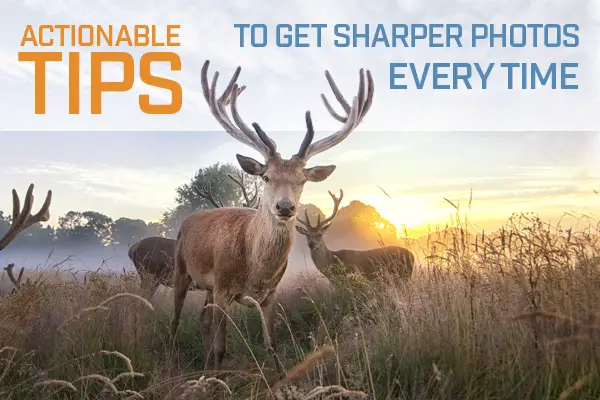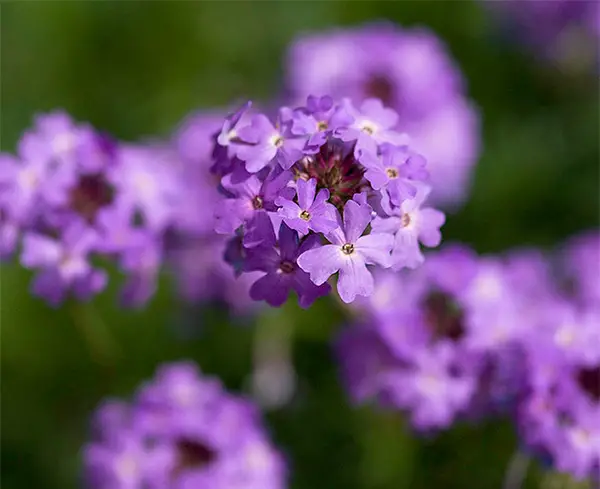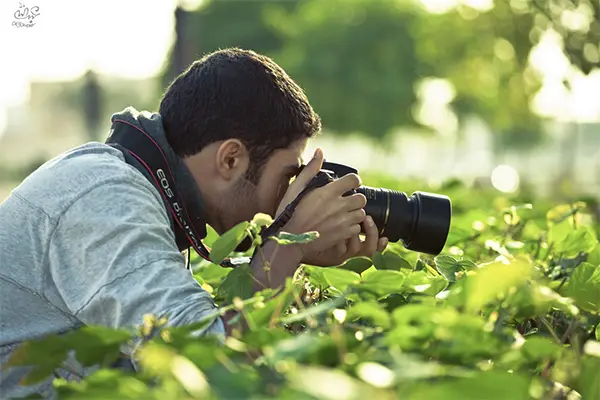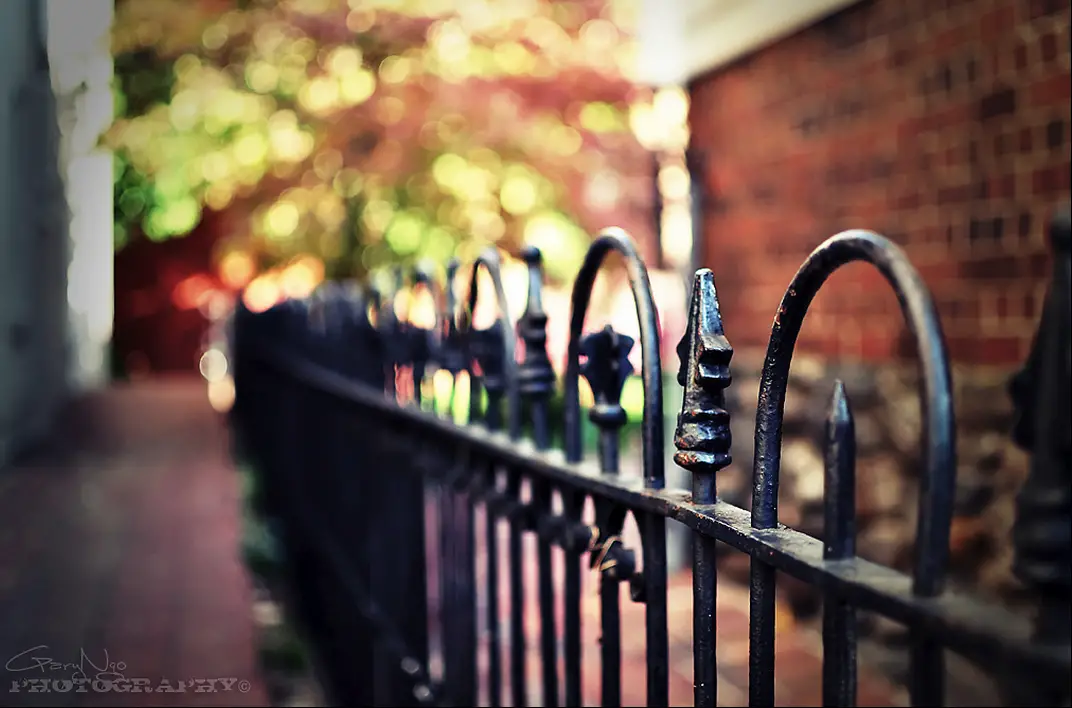There’s almost nothing (besides maybe losing a memory card) that hurts more than having a great shot that ends up poorly focused! And even though sometimes we can blame our equipment, there are other factors that come into play when focusing.

Sharper and crisper photos are the goal of every photographer, so it’s time we cover the basics to achieve this. A great, focused image requires precision and understanding of depth-of-field, as well as knowledge of your equipment.
How Does the Camera Focus?
When shooting in automatic mode, your camera will find the subject and focus for you, using its autofocus sensor and, in an almost magical way, interpret how the reflected light enters the optics of the lens.
The camera will also look for contrast to focus correctly, so, the better the contrast in the scene, the faster the auto focus mode will be. Try it! If you try to focus on a white wall, it might take longer to get the right focal point, but if you have a person or an object in front of the wall, the focus will be instant!
What can we do to “help” the camera to focus precisely where we want the focus to be?

1. Equipment Check
Cleaning your lenses and your filters is also a good start to better, focused pictures.
Check your picture right after you take it if you are suspecting your lens is missing focus constantly. In some cases the focus of the camera might be decalibrated.
When choosing lenses, prime lenses and higher-quality lenses tend to focus faster and produce sharper images. These might be a lot more expensive than the kit lens or any starter lens. In some cases, even as expensive as your camera body! However, if you are ready to improve and update your equipment, this might be the way to go.
2. Pick the Focus Point
Understanding your camera capabilities comes in handy here, especially when it comes to interpreting your viewfinder. Most of the DSLR cameras will have a different amount of focus points that you can select from.
The best focal point is usually what is closest, as your eyes naturally do the same thing. For composition, however, you might want to move your focus point to something “in the back” and leave something else out of focus. Always remember that, in portraits, the eyes are best focal point.
If there is not a focal point where you are trying to focus, you might need to learn to “focus and recompose.”
TIP: “Back button focus” might also be of use to you, as it can help with focusing.

3. Focus Mode
Depending on the specifics of your DSRL camera, you will find there are different focusing modes. The Continuous Focus mode lets you quickly detect focus in moving objects. The camera will try to predict the movement, which sometimes could fail, but this is usually the fastest focusing mode.
The singular-shot focusing mode will focus on the subject one time when you press the shutter release halfway and won’t try refocusing until you let go and half-press again.
This is more precise by definition, but it might fail to focus if your subject is moving constantly.
4. Avoid Camera Shake
Especially when working with low-light situations, we want to do anything we can to avoid that camera shake. This happens when the camera is moved while the picture is being taken or when the shutter speed is very low (see the next point for shutter speed).
If you don’t have a tripod in hand, a good tip to hand held-camera shooters is to keep your elbows to your chest (or as close to your body as you can) and lock them when you take your shot.
Holding your breath when you click the shutter will also help, and, if you can, support yourself on your knee or against a wall to help with that shake.
TIP: Look for vibration reduction lenses or image stabilization when looking to buy equipment. These have built-in capabilities to counteract any shake.

5. Shutter Speed
Shutter speed is one of the most important settings to look out for when you want that focus right. The lower the speed, the blurrier the images might be.
Besides compensating for the exposure with your aperture settings and ISO, you need to consider how fast your subject is moving, and how far it is as well.
Get familiar with this hand-holding rule: The shutter speed should be equivalent to the distance in mm of the lens. For example, when using a 100-mm lens, your minimum shutter speed should be 1/100.
If you are zooming to 300mm, your shutter speed should be 1/300. It is a good rule in the case of heavy lenses, too!
You will need to adjust the numbers for crop-sensor cameras, multiplying to 1.5 (Ej: 50mm = 1/75).
6. Depth of Field
If you shoot open (using low apertures), you will definitely achieve the desired effect of shallow depth of field. However, this sometimes might cause the camera to incorrectly focus on the wrong point (a shoulder instead of an eye, for example).
You can increase your aperture to avoid this problem and make sure your focus is more accurate.

7. Sharpen in Post-Processing
Besides good focusing techniques, you can apply some sharpening in post-processing.
You can apply a variety of sharpening filters or methods in editing tools on the computer if you shoot in RAW. If you shoot in JPEG, the camera will automatically apply sharpening for you (and, of course, you can always add more).
There are two approaches to sharpening: screen and print. This basically means that, if you are going to print your image in a large size, you need to add even more sharpening. If you are printing a small photo, a basic, small sharpening filter will do.
Practice and Study!
Following the above tips. It’s the start to achieving a better focus for all of your images, but make sure to understand your camera settings, and practice!









0 comments